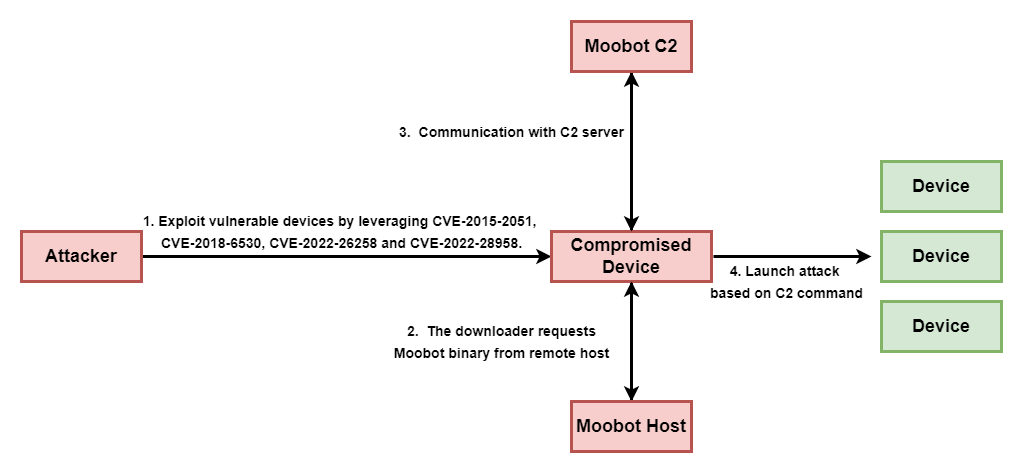
Credit:
Shutterstock
If
you
own
a
computer,
watch
the
news,
or
spend
virtually
any
time
online
these
days
you
have
probably
heard
the
term
“phishing.”
Never
in
a
positive
context…and
possibly
because
you
have
been
a
victim
yourself.
Phishing
refers
to
a
variety
of
attacks
that
are
intended
to
convince
you
to
forfeit
sensitive
data
to
an
imposter.
These
attacks
can
take
a
number
of
different
forms;
from
spear-phishing
(which
targets
a
specific
individual
within
an
organization),
to
whaling
(which
goes
one
step
further
and
targets
senior
executives
or
leaders).
Furthermore,
phishing
attacks
take
place
over
multiple
channels
or
even
across
channels;
from
the
more
traditional
email-based
attacks
to
those
using
voice
–
vishing
–
to
those
coming
via
text
message
–
smishing.
Regardless
of
the
type
or
channel,
the
intent
of
the
attack
is
the
same
–
to
exploit
human
nature
to
gain
control
of
sensitive
information
(citation
1). These
attacks
typically
make
use
of
several
techniques
including
impersonated
websites,
attacker-in-the-middle,
and
relay
or
replay
to
achieve
their
desired
outcome.
Due
to
their
effectiveness
and
simplicity,
phishing
attacks
have
rapidly
become
the
tool
of
choice
for
baddies
everywhere.
As
a
tactic,
it
is
used
by
everyone
from
low
level
criminals
looking
to
commit
fraud,
to
the
sophisticated
nation
state
attackers
seeking
a
foothold
within
an
enterprise
network.
And,
while
almost
any
kind
of
information
can
be
targeted,
often
the
most
damaging
attacks
focus
on
your
password,
pin,
or
one-time
passcodes
–
the
keys
to
your
digital
realm.
The
combination
can
be
catastrophic.
The
Verizon
2022
Data
Breach
Investigations
Report
lists
phishing
and
stolen
credentials
(which
may
be
harvested
during
phishing
attacks)
as
two
of
the
four
“key
pathways”
that
organizations
must
be
prepared
to
address
in
order
to
prevent
breaches
(citation
2). In
recognition
of
the
threat
posed
by
phishing
–
the
Office
of
Management
and
Budget’s
Memo
22-09
“Moving
the
U.S.
Government
Toward
Zero
Trust
Cybersecurity
Principles”
prioritizes
implementation
of
phishing
resistant
authenticators
(citation
3).
So
–
how
do
you
keep
your
keys
from
falling
into
the
wrong
hands?
What
constitutes
a
phishing
resistant
authenticator?
NIST
Special
Publication
DRAFT
800-63-B4
defines
it
as
“the
ability
of
the
authentication
protocol
to
detect
and
prevent
disclosure
of
authentication
secrets
and
valid
authenticator
outputs
to
an
impostor
relying
party
without
reliance
on
the
vigilance
of
the
subscriber.”
To
achieve
this,
phishing
resistant
authenticators
must
address
the
following
attack
vectors
associated
phishing:
-
Impersonated
Websites
–
Phishing
resistant
authenticators
prevent
the
use
of
authenticators
at
illegitimate
websites
(known
as
verifiers)
through
multiple
cryptographic
measures.
This
is
achieved
through
the
establishment
of
authenticated
protected
channels
for
communications
and
methods
to
restrict
the
context
of
an
authenticator’s
use.
For
example,
this
may
be
achieved
through
name
binding
–
where
an
authenticator
is
only
valid
for
a
specific
domain
(I
can
only
use
this
for
one
website).
It
may
also
be
achieved
through
binding
to
a
communication
channel
–
such
as
in
client
authenticated
TLS
(I
can
only
use
this
over
a
specific
connection). -
Attacker-in-the
Middle
–
Phishing
resistant
authenticators
prevent
an
attacker-in-the-middle
from
capturing
authentication
data
from
the
user
and
relaying
it
to
the
relying
website.
This
is
achieved
through
cryptographic
measures,
such
as
leveraging
an
authenticated
protected
channel
for
the
exchange
of
information
and
digitally
signing
authentication
data
and
messages. -
User
Entry
–
Phishing
resistant
authenticators
eliminate
the
need
for
a
user
to
type
or
manually
input
authentication
data
over
the
internet.
This
is
achieved
through
the
use
of
cryptographic
keys
for
authentication
that
are
unlocked
locally
through
a
biometric
or
pin.
No
user
entered
information
is
exchanged
between
the
relying
website
and
the
authenticator
itself. -
Replay
–
Phishing
resistant
authenticators
prevent
attackers
from
using
captured
authentication
data
at
a
later
point
in
time.
Supporting
cryptographic
controls
for
restricting
context
and
to
prevent
attacker-in-the-middle
scenarios
are
also
preventative
of
replay
attacks,
particularly
digitally
signed
and
time-stamped
authentication
and
message
data.
As
complicated
as
this
may
seem,
there
are
several
practical
examples
of
phishing
resistant
authenticators
in
place
today.
For
U.S.
federal
employees,
the
most
ubiquitous
form
of
phishing
resistant
authenticator
is
the
Personal
Identity
Verification
(PIV)
card;
they
leverage
public-key
cryptography
to
protect
authentication
events.
Commercially,
FIDO
authenticators
paired
with
W3C’s
Web
Authentication
API
are
the
most
common
form
of
phishing
resistant
authenticators
widely
available
today.
These
can
take
the
form
of
separate
hardware
keys
or
be
embedded
directly
into
platforms
(for
example
your
phone
or
laptop).
Availability,
practicality,
and
security
of
these
“platform
authenticators”
increasingly
puts
strong,
phishing
resistant
authenticators
into
user’s
hands
without
the
need
for
additional
form
factors
or
dongles.
Not
every
transaction
requires
phishing
resistant
authenticators.
However,
for
applications
that
protect
sensitive
information
(such
as
health
information
or
confidential
client
data)
or
for
users
that
have
elevated
privileges
(such
as
admins
or
security
personnel)
organizations
should
be
enforcing,
or
at
least
offering,
phishing
resistant
authenticators.
Individuals
should
explore
the
security
settings
for
their
more
sensitive
online
accounts
to
see
if
phishing
resistant
authenticators
are
available
and
make
use
of
them
if
they
are.
In
reality,
these
tools
are
often
easier,
faster,
and
more
convenient
than
the
MFA
–
such
as
SMS
text
codes
–
they
may
currently
be
using.
In
the
end,
phishing
resistant
authenticators
are
a
critical
tool
in
personal
and
enterprise
security
that
should
be
embraced
and
adopted.
They
are
not,
however,
a
silver
bullet.
Phishing
resistant
authenticators
only
address
one
focus
of
phishing
attacks
–
the
compromise
and
re-use
of
authenticators
such
as
passwords
and
one-time
passcodes.
They
do
not
mitigate
phishing
attempts
that
may
have
alternative
goals
such
as
installing
malware
or
compromising
personal
information
to
be
used
elsewhere.
Phishing
resistant
authenticators
should
be
paired
with
a
comprehensive
phishing
prevention
program
that
includes
user
awareness
and
training,
email
protection
controls,
data
loss
prevention
tools,
and
network
security
capabilities.






